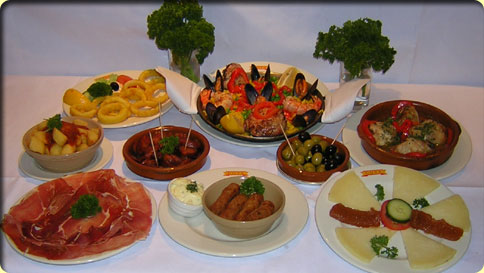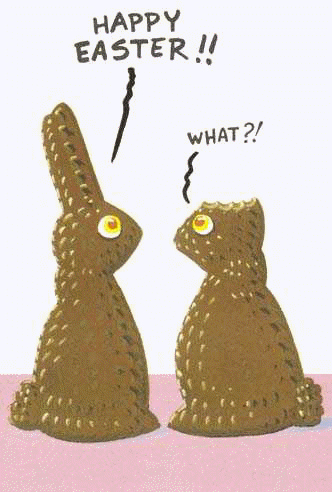So, we are back from our time-warp family trip, in which we lived mostly in the 18th Century. We spent a week at Williamsburg, which was fabulous, and a day getting to and from and enjoying Monticello, which was also fabulous. For our week in Williamsburg, we didn't rent a car, and walked the mile from our hotel to the Historic Area, thus feeling even more in character. Bunny got herself a mob cap, which she wore most days, looking very fetching.
We dragged ourselves back into the 21st Century by staying in a High Art hotel in DC before flying back home. It did feel a bit like time travel, especially since we saw the "Treasures of American History" exhibit at the Smithsonian, where they displayed items from Ben Franklin's walking stick to Judy Garland's Ruby Slippers and Jackie Kennedy's Inaugural Ball Gown.
It's been a couple of decades since I'd been to the East Coast, and the most interesting change I noticed was the explicit acknowledgement of the non-English cultures: the indiginous Powhatan Indians, and the West African slaves. Jamestown does the most with the Powhatans, since by the time of Williamsburg, Independence, and Montecello, they had been driven out of the area. But Williamsburg and Montecello made serious efforts to show how the slaves lived, worked, and struggled with the promises and betrayals of the Revolutionary Era.
One of the recurrent messages that stuck with me was the recognition that the slaves not only worked hard for their masters, but after their work was done, they still needed to raise food and make clothing, cook, etc., for themselves, since the rations allotment was not adequate. Colonial Williamsburg is developing a "typical" 18th Century small Virginia farm to show how the large part of the population lived, which was not in the urban world of Williamsburg. There is a large field for tobacco, plus a kitchen garden for the whites, and another kitchen garden for the slaves. The slave garden is planted and tended only after the slaves have finished work for the day.
Yet, despite working unremittingly hard, the slave did have their own community, or family, or culture, which was necessarily limited because they only were able to engage in their own activities evenings, Sundays, and holidays. This is what struck me--the explicit recognition of how little time was allowed for slaves to do anything but work.
Now, I don't want to belittle the harshness and utter wrongness of slavery. It was not just that they worked long hours, but the types of work they did, the harsh conditions in which they lived, the essential indignity of being "owned" and thus powerless over their own lives, as well as the physical violence in their lives were appalling and not to be dismissed. But these aspects were not particularly emphasized in these places--there was a clear recognition that the lives of the Virginia Planters (the wealthiest ones, of course) was leisurely and full of time to consider abstract ideas like "independence" and "unalienable rights." These lives were made possible by the fact that the slaves did the work to maintain those lives.
There was palpable poignance, though, to the recognition that the slaves worked all day for their masters, and then were forced to work to feed and clothe themselves and only then were able to take time for their families and their own lives. Even the kindest and most generous of masters didn't change this basic rule of work during daylight hours, relegating family life to the few hours between work and sleep.
But wait. How much has that changed? Well, it probably hasn't for the poorest in our society. One change, though, is that some of the richest and most educated people also work from early morning to late evening, with family time squeezed into "evenings, Sundays and holidays." Mr. Sweetie told me this morning, that he has to work on Saturday morning--there is a meeting he needs to attend to prepare for a trip to California, and he leaves on Sunday evening. He got home from work after 8, and has worked later than that on a regular basis. He has to still feed himself, clothe himself, live his own life in those hours that aren't work.
When I was a practicing lawyer, I worked a lot of weekends, a lot of late nights. I remember a meeting where the younger lawyers realized that we needed a full-time wife, or mother, or housekeeper, or something, because there was no way to work as hard as we were working and still pick up our drycleaning. Somehow, we have managed to replicate a very difficult way of life, and worse than that, we do it voluntarily.
What leads us to do this? Is it some hardwired biological imperative to compete? Sure, only the strongest animals get to reproduce, but that's not true of humans. We even continue to compete even after having all the children we are going to have. Is it the remenants of religious belief, that we work hard now, but we'll have an eternity of heaven in which to lead our own lives? Is it just that we are trying to get the most stuff before we die, because that's how we keep score?
There is a modern parable about an American MBA on vacation in Mexico who meets a fisherman. The fisherman fishes long enough to meet his family's immediate needs, and spends the rest of his time playing cards with his friends, taking siestas with his wife, raising his children, and playing guitar on a hammock under the trees.
The MBA scoffs, and offers to help the fisherman redevelop his business model, hiring other men in other boats to do more fishing, developing supplier relationships with commercial food producers, issuing stock, placing an IPO and making millions. Why? So then he is rich, and can play cards with his friends, taking siestas with his wife, etc. etc.
The point being, of course, that you could work even harder and give yourself ulcers and anxiety, in order to get what you already have. Sure, there are lots of things overlooked in that parable (like what if the fisherman gets too old or sick to fish, and can't meet his needs anymore?), but there is something about that story that strikes me as perfectly perverse, and perfectly human--we seem to need to achieve just for the sake of working hard and achieving. Which might be commendable, but is that really all our lives are about?







